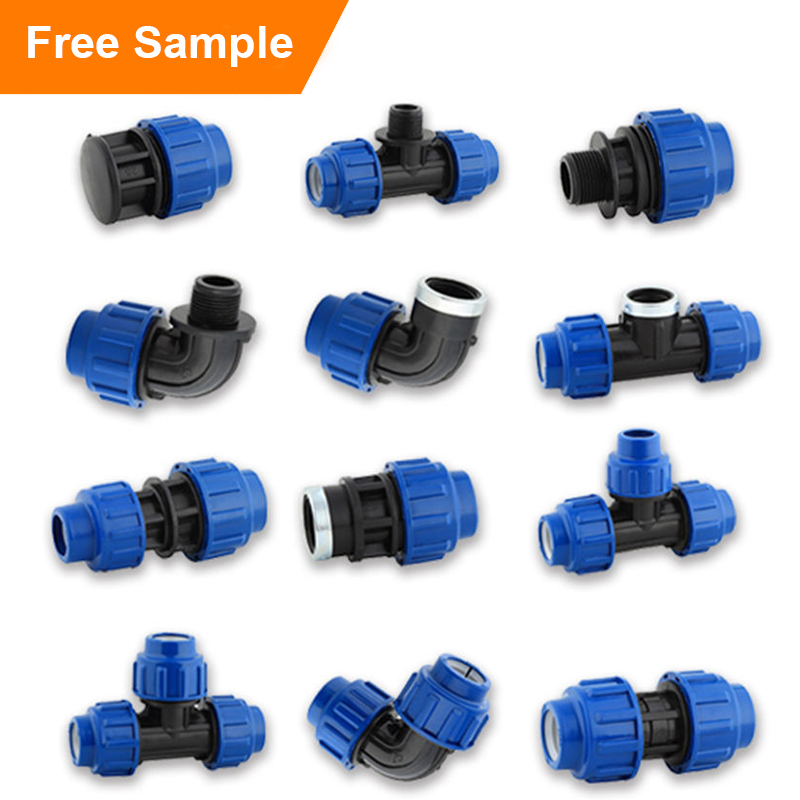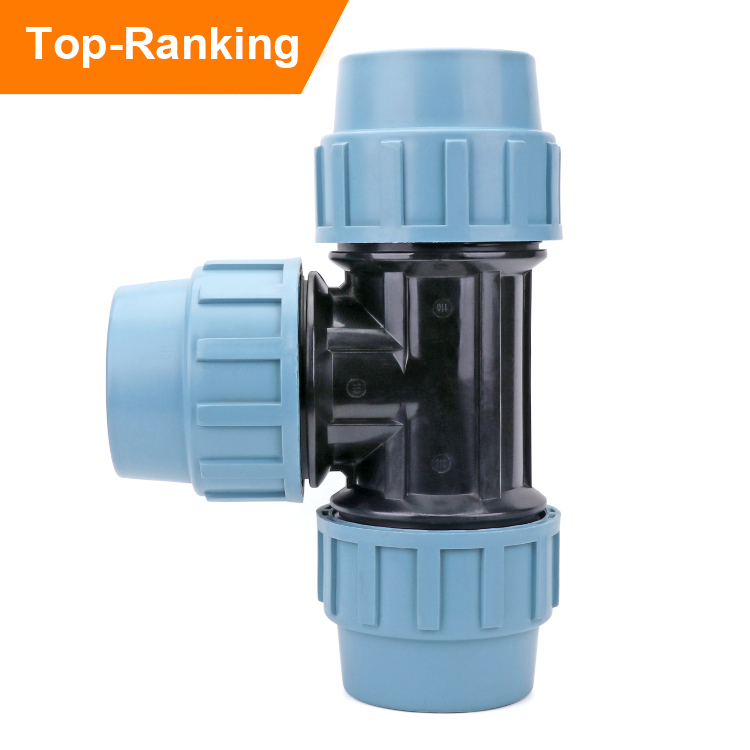What Is the Difference Between PP and PPR?
Plastic pipes have become increasingly popular in recent years due to their durability, affordability, and ease of installation. Two common types of plastic pipes are PP (polypropylene) and PPR (polypropylene random copolymer).
Chemical Structure
PP is a thermoplastic polymer made from propylene monomer. It has a linear structure with a high degree of crystallinity, which gives it good rigidity and strength. PPR, on the other hand, is a random copolymer of propylene and ethylene, which gives it a more amorphous structure. This makes PPR more flexible and less susceptible to cracking under stress.

Production Process
PP pipes are typically made using an extrusion process, where melted plastic is forced through a die to form the pipe shape. PPR pipes are manufactured using a different process called the random copolymerization process, which involves the chemical reaction of propylene and ethylene monomers to create the PPR resin. The PPR resin is then extruded into the pipe shape.
Physical Properties
One of the biggest differences between PP and PPR pipes is their temperature resistance. PP pipes can withstand temperatures between -10°C and 95°C, while PPR pipes can handle temperatures up to 110°C. PPR pipes are also more resistant to deformation under high temperatures, making them suitable for use in hot water systems.
Another key difference is their resistance to chemicals. PP pipes are resistant to most acids, alkalis, and organic solvents, but are not suitable for use with strong oxidizing agents. PPR pipes, however, are highly resistant to a wide range of chemicals, including strong acids and oxidizing agents.
Applications
PP pipes are commonly used in drainage, sewage, and irrigation systems, as well as in the automotive and packaging industries. PPR pipes are primarily used in hot and cold water systems, as well as in industrial processes that require resistance to chemicals.

Conclusion
In summary, PP and PPR pipes have different chemical structures, production processes, physical properties, and applications. Choosing the right pipe for a particular application depends on factors such as temperature and chemical resistance, as well as cost considerations. Both PP and PPR pipes offer significant advantages over traditional metal pipes, making them ideal for a wide range of applications.





